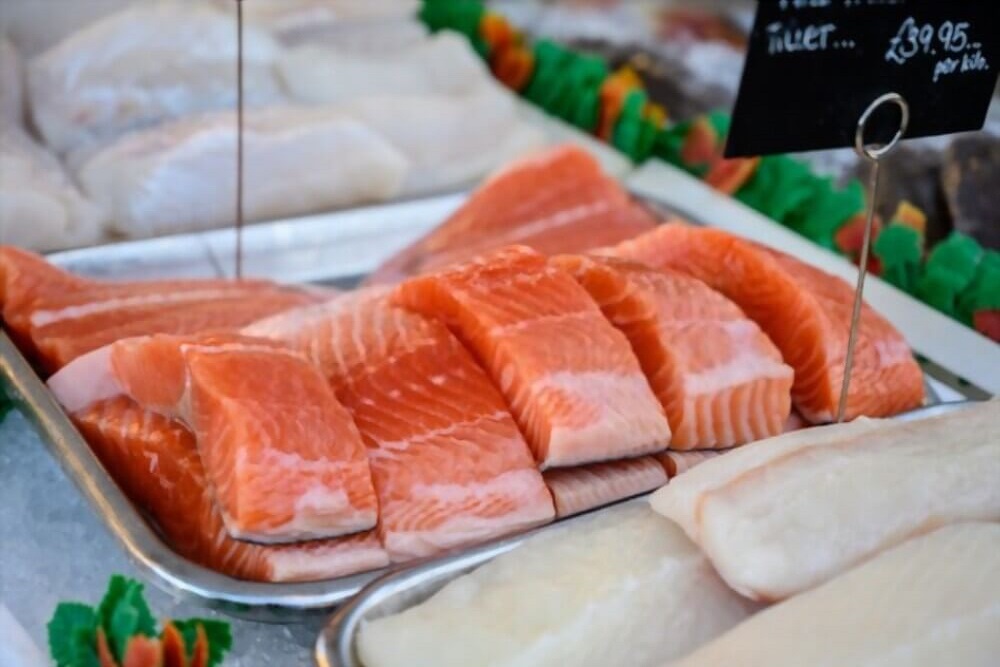At this time of year, Scottish salmon is a staple food, and wondering how sustainable it is is almost inevitable. Several surveys have raised significant doubts about the farming practices related to this fish and their environmental impact. Today there is no lack of projects to improve the situation, but the road appears to be uphill.

The Scottish Salmon
Asking about how sustainable Scottish salmon is is, during the holidays, almost an imperative. Scotland is the third-largest producer of farmed Atlantic salmon in the world, with a turnover of nearly 765 million pounds in 2016. Italy is among the 10 largest importers of this food and the latest surveys conducted on farms have caused quite a stir.
Animals accustomed to swimming 1,600 km are raised in overcrowding, in confined spaces, where parasites find fertile ground. The Compassion in World Farming organization reported that 10 million salmon die every year before slaughter, for a percentage that in some structures reaches 25%.
Scottish Salmon and The Environment
Scottish salmon farms are considered to be the main polluter of the country’s water. Companies use large quantities of chemicals and drugs to control parasites. These are then introduced into the marine ecosystem through the openings in the nets and cause serious damage to flora and fauna.
Farmed salmon are also a potential danger to their wild fellow. They can, in fact, lead to diseases that they are unable to combat and, in cases of massive escapes, which have already occurred, they constitute a real ecological disaster. The feed used is, finally, often based on other fish. This triggers a highly unsustainable vicious circle.
Act
Making the supply chain connected to Scottish salmon more sustainable is a necessity and various realities have understood this. The NGO Seawilding has launched a project to introduce one million oysters to Loch Craignish. These mollusks have amazing filtering abilities and can clean up 150 liters of water per day. The organization is also planting seaweed fields and anyone can contribute by donating € 24 to add 1m 2.
Consumers, however, remain protagonists, and making conscious purchases remains a duty. Avoiding putting too much pressure on the industry can be just as important. Substitute, at least in part, salmon with more sustainable and no less tasty alternatives, such as sardines and mackerel, then becomes a responsible gesture.
In short, defining Scottish salmon as sustainable appears to be a gamble. The supply chain connected to the breeding and fishing of this fish presents many critical issues and it is no longer possible to ignore the data.
Many today declare that they have the environmental issue at heart. Remembering your intentions in front of a plate of excellent canapés in the middle of a Christmas lunch is, unfortunately, another matter entirely.
